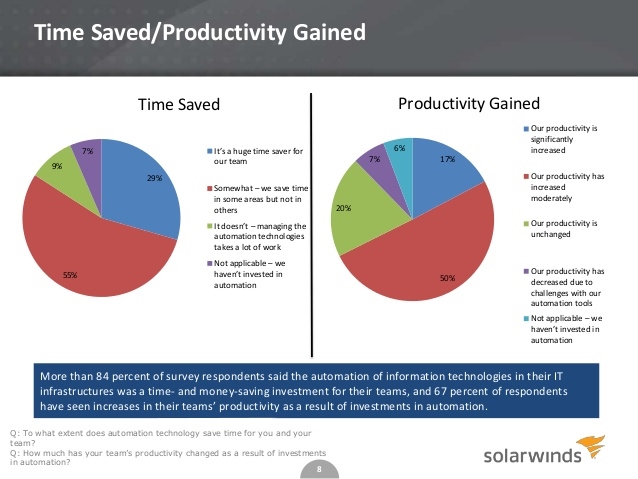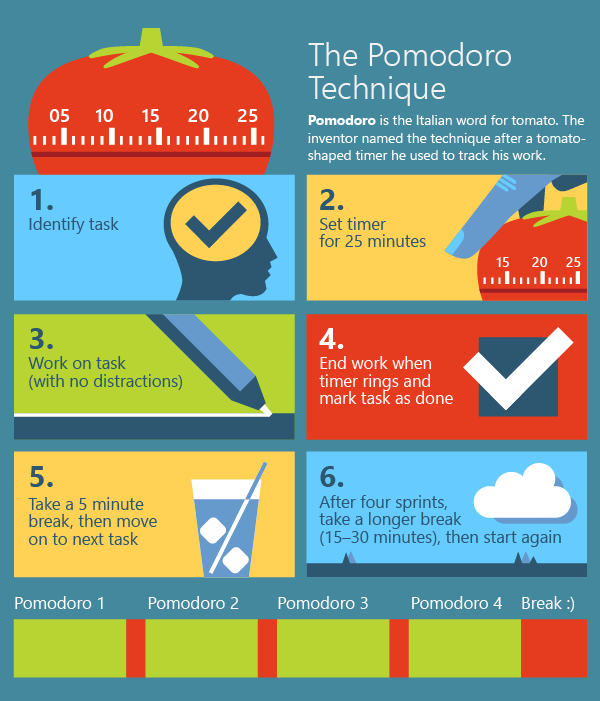— February 6, 2019
Busy is the new cool. Somewhere along the line, it became a badge of honor to have as many responsibilities as possible. Everywhere around you, there are stories of startup CEOs waking up at 4AM, having 80-hour work weeks, glorifying their struggle to succeed.
However, for those of us in the real world, the burden of too many responsibilities can result in sleepless nights, a lot of stress and generally being unhappy with your life. If you feel like you’re rushing from one responsibility to the next, we have some advice to help you cut down on work and enjoy more of your life.
Make a list of priorities
If you feel overburdened, sometimes it’s not a case of doing too many tasks. Rather, it’s a case of spending too much of your time on the wrong tasks. I’m sure it’s happened to you that you spend half of your day replying to emails only to be left without time for business development tasks as the end of your workday approaches.
To get around this, put down a list of your tasks and sort them according to priority – things that must be done, medium priority and optional. Once you have everything on paper, you’ll most likely realize that the least important tasks take up the majority of your time. This is when you need to refocus and ditch the unimportant in favor for the important.
PS. You can sort your priority lists in your project management tool of choice, such as Trello.
Automate as much as you can
One of the wonders of modern technology is that many tasks can be automated, so you don’t waste time on them yourself. Something as simple as going to Google Calendar and making an entry for a meeting can take just a few minutes, but it can be turned into seconds with a tool such as Calendly. Imagine how much of your time can be saved every year by automating tedious tasks such as this one.

For example, for one of the Facebook pages I run, I simply sit down and create all of my posts at once and then schedule them for the weeks ahead. You can do even more by using tools such as MeetEdgar to schedule posts on several social media platforms at once.
Finally, there are excellent tools such as IFTT and Zapier. If you’ve ever wanted to automate something, there’s a big chance one of these can make it happen. For example, you can set up Zapier so that your new subscribers are added to a specific mailing list, then added to a pre-determined Google sheet and then a new Trello card created with the subscribers’ email and name. With a little bit of tinkering, you can automate anything you can think of.
Delegate tasks to others
Sometimes, the best cure for having too many responsibilities is to take something off your plate and put it on someone else’s. While it can be incredibly difficult to let go of a task that you feel is important, the amount of free time you can gain from delegation can be quite impressive.
Founders and CEOs often have an issue with delegation because they get stuck in an infinite loop. First, they think they’re the only ones who can take care of a task and no one else can handle it. Second, even if they did find someone to delegate it to, the amount of time spent to teach this task would be too much for it to make sense.
In fact, delegation can free up significant portions of your time. You can simply offload some of your responsibilities to your colleagues if they have the time. Alternatively, you can outsource the task to someone, such as an intern or a fresh college graduate.
One thing that’s become quite popular lately is hiring virtual assistants. These workers can help you out with more repetitive, administrative tasks such as responding to emails, booking meetings, entering data and much more. If it can be taught, a virtual assistant can do it for you.
Let your boss delegate and prioritize
You’ve probably been there. Your boss comes up and assigns the daily/weekly/quarterly tasks and you happily oblige to take on another task in your already busy schedule. You know you probably can’t handle it and that something will have to suffer, either in poor quality of work or missed deadlines. However, you decide to go ahead and take it on.
Instead of taking on another task you probably can’t handle, ask your boss/manager to decide on the priority. If they want this task done, something has to be dropped or moved to the bottom of the priority list.
In this way, you’ll be able to protect yourself if you can’t accomplish everything and you’ll know the most important task that needs to be done at any given time. However, in order for this approach to work, you need to be on top of your current assignments and you need to have a clear idea on how much time your tasks usually take.
Slow down and take a breather
Even the best of us need some downtime to relax and unwind. When you’re at work and things don’t seem to be going too well, you may be tempted to push harder to get the job done, when in fact, you just need to take some rest and refresh yourself before moving forward.
After a certain time period, you may seem busy but you’ll stop being productive as you’ll lose your focus. If you catch yourself skipping lunch or staying overtime just to get on top of your tasks, it’s time to rethink your approach to work.

You can take breaks every hour or so, at least 5 minutes in length. You’ll find out that by forcing yourself to take regular breaks, you’ll actually become more productive. If you really want to control your schedule, you can try out the Pomodoro technique. It implies that for every 25 minutes of focused work, you get to take a 5-minute break. There are many Pomodoro timers out there you can try out, such as Toggl or PomoDone.
Don’t do overtime
If you can’t squeeze all your obligations into an 8-hour workday, you’ll probably end up working overtime. You’ll probably see it as being diligent and dedicated to your work. In reality, your manager will probably think that the reason you’re staying after hours is that you can’t manage your time.

In fact, even a 40-hour work week is too much. We’re wired to think that 40 hours weekly and 8 hours per day is how much we should work, but this tradition is almost 200 years old. Thanks to different lifestyles, the automation of work processes and the fact that more women are in the workforce than at the time when this rule was created, the situation should be very much different. In reality, our work weeks should be at least couple of hours shorter, similar to what Sweden has been trying out with the six-hour workday.
Conclusion
Although being busy is good, it should not be praised and worn as a badge of honor. By cutting down on your responsibilities, you’ll be more productive and happier and your employers will be more satisfied with your performance. Remember – work smarter, not harder.
Business & Finance Articles on Business 2 Community
(59)
Report Post





